Aftermath and Legacy
The remnants retreated to Osaka Castle where Yoshinobu Tokugawa himself was present, but upon learning the Imperial Banner incident, he fled back to Edo (Tokyo) via sea leaving his soldiers behind.
In retrospect, the Yoshinobu could have rallied enough troops for another battle and Osaka Castle was a formidable fortress that could withstand a long siege.
Had he chosen to continue the fight, history would have changed with likely concessions from the Imperial forces who had no appetite for a prolonged conflict.
But, Yoshinobu Tokugawa decided to flee instead. Why?
We need to understand Yoshinobu’s personality.
Although Yoshinobu was the last Shogun of the Tokugawa regime, he originally came from the Mito Tokugawa Clan which had a tradition of being heavily loyal to the Emperor.
Being raised and educated under such environment, it was natural for Yoshinobu to have more allegiance towards the Emperor rather than the Tokugawa regime. Hence, becoming an enemy of the Emperor went against everything he stood for and was a sin he could not tolerate.
With the former Shogun in full retreat, the Imperial forces went on to capture Edo and forced a bloodless surrender. The rest was just pursuing the remnants all the way up to Hokkaido.
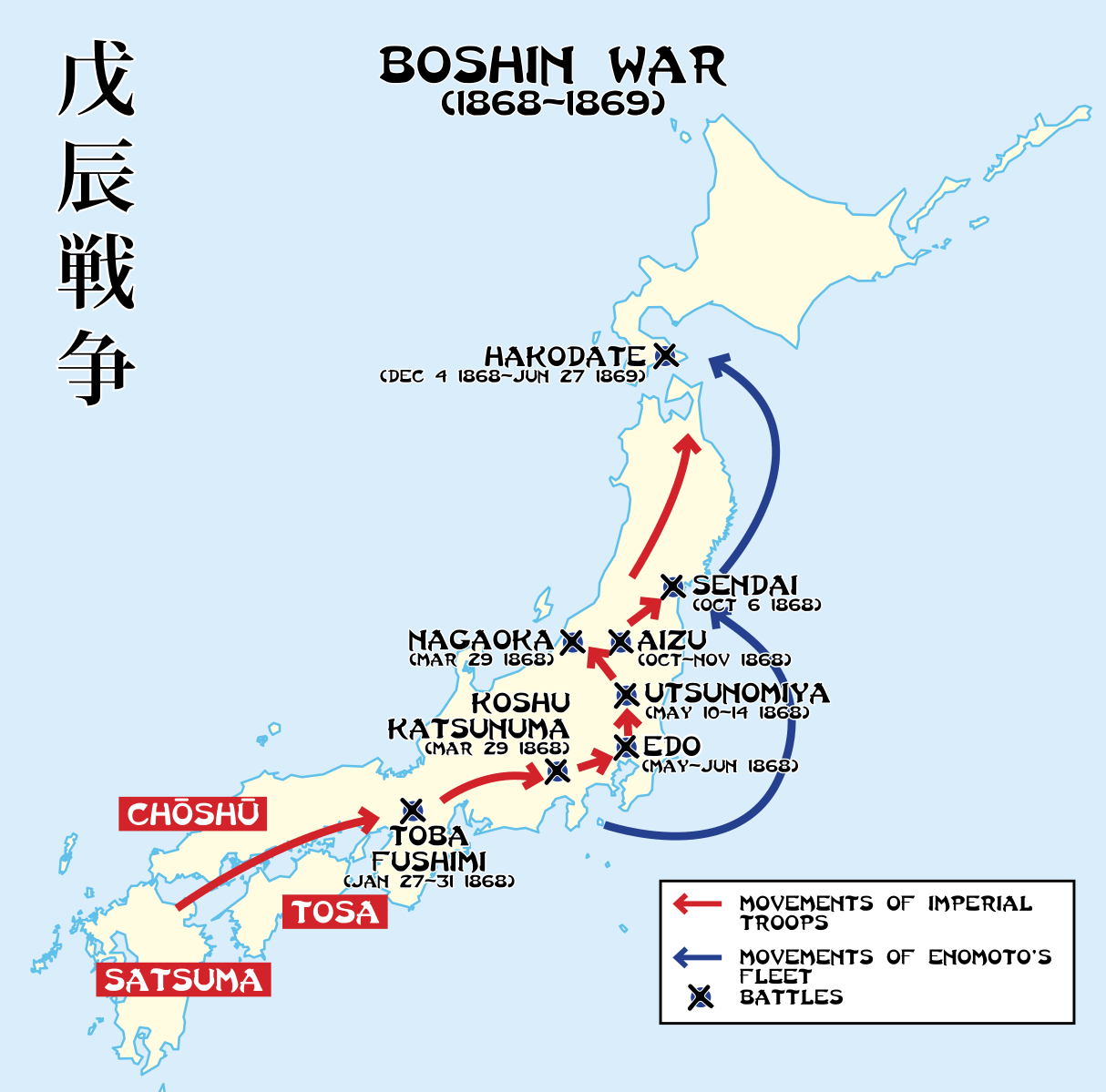 Movements of the Boshin War (photo: Wikimedia Commons)
Movements of the Boshin War (photo: Wikimedia Commons)
In this manner, the Battle of Toba-Fushimi was THE decisive victory for the Imperial forces, marking the beginning of the new Meiji era.
With the complete demise of the Tokugawa shogunate and the restoration of imperial authority, Japan underwent comprehensive reforms to modernize its political, economic, and social structures which later became known as the “Meiji Restoration.”
Such transition from a feudal federation to a modern centralized state would not have been possible if the Battle of Toba-Fushimi ended in a Shogunate victory or a even an inconclusive result.
It was the pivotal moment in modern Japanese history, symbolizing the end of old samurai rule and the dawn of a new era.









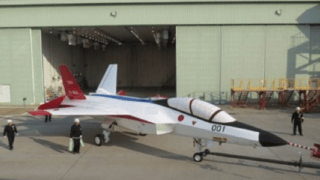

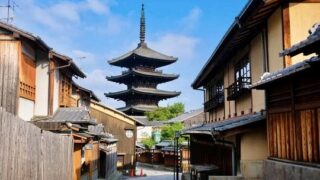



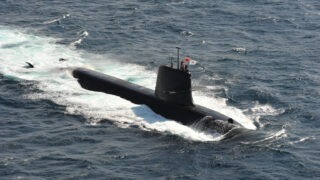

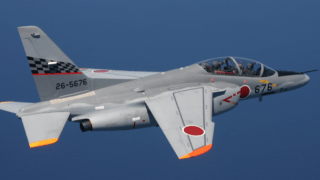

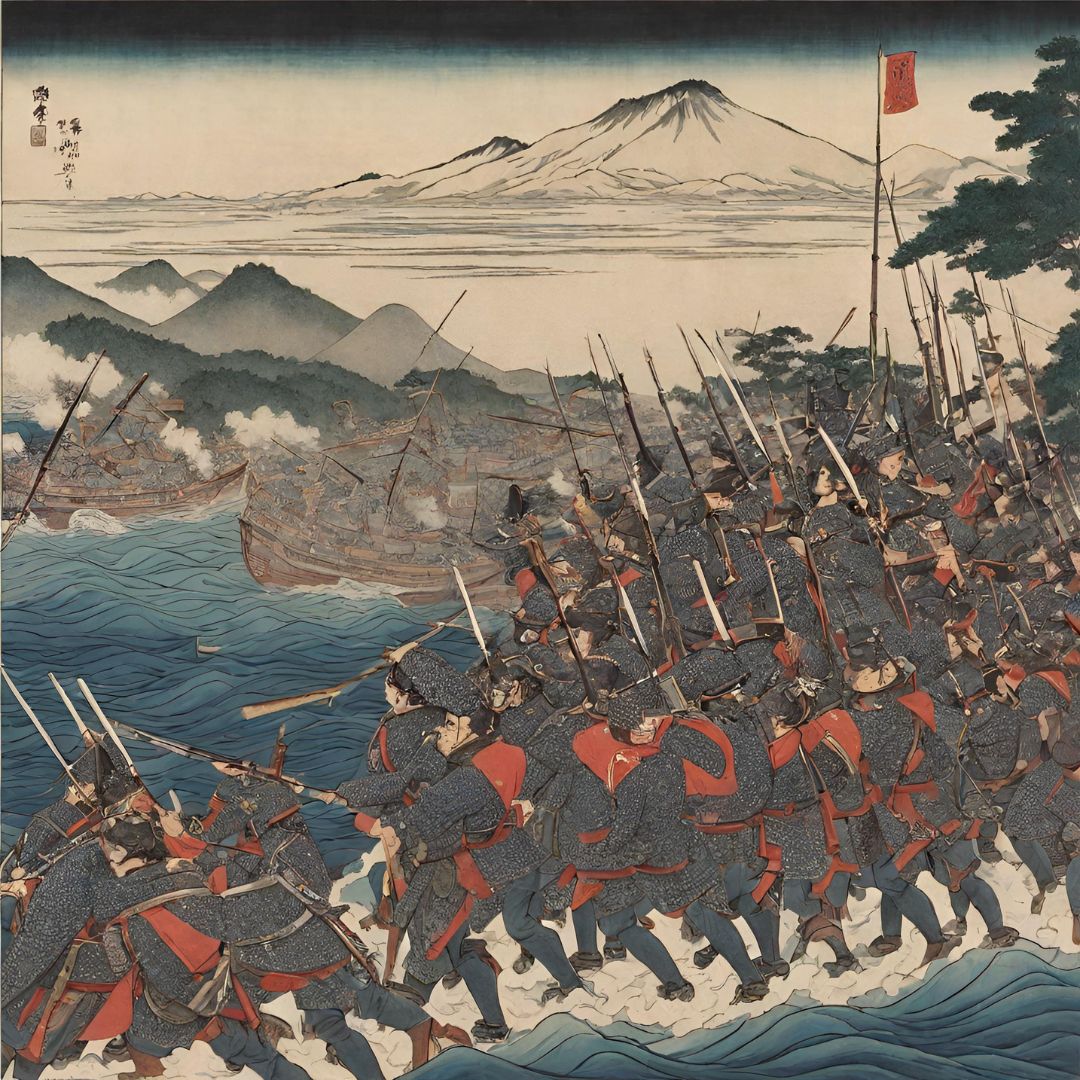
Comments